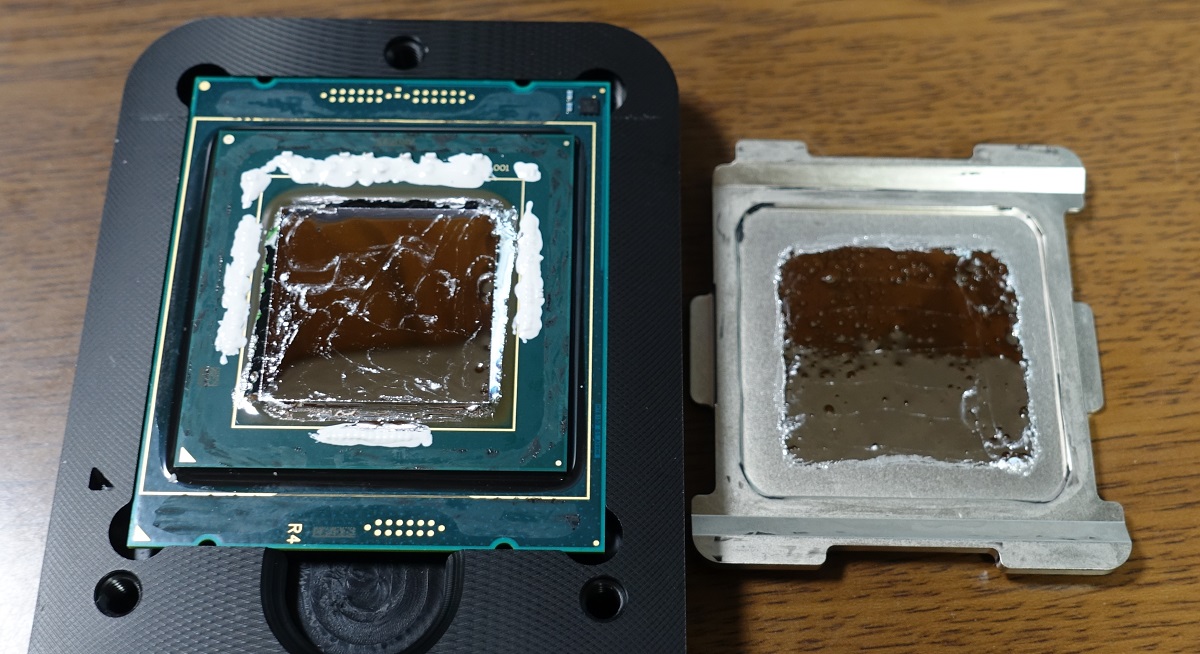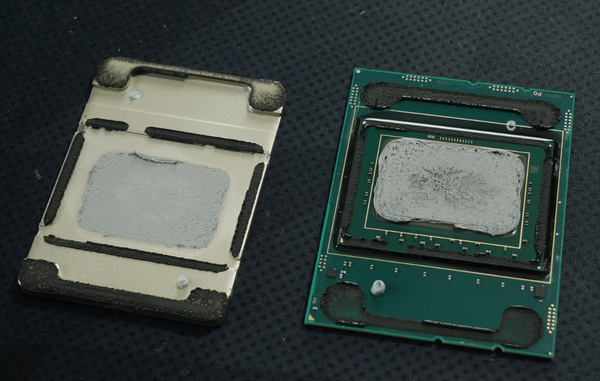- Joined
- Sep 17, 2014
- Messages
- 23,917 (6.16/day)
- Location
- The Washing Machine
| System Name | Tiny the White Yeti |
|---|---|
| Processor | 7800X3D |
| Motherboard | MSI MAG Mortar b650m wifi |
| Cooling | CPU: Thermalright Peerless Assassin / Case: Phanteks T30-120 x3 |
| Memory | 32GB Corsair Vengeance 30CL6000 |
| Video Card(s) | ASRock RX7900XT Phantom Gaming |
| Storage | Lexar NM790 4TB + Samsung 850 EVO 1TB + Samsung 980 1TB + Crucial BX100 250GB |
| Display(s) | Gigabyte G34QWC (3440x1440) |
| Case | Lian Li A3 mATX White |
| Audio Device(s) | Harman Kardon AVR137 + 2.1 |
| Power Supply | EVGA Supernova G2 750W |
| Mouse | Steelseries Aerox 5 |
| Keyboard | Lenovo Thinkpad Trackpoint II |
| VR HMD | HD 420 - Green Edition ;) |
| Software | W11 IoT Enterprise LTSC |
| Benchmark Scores | Over 9000 |
It's funny, desktop CPUs and performance has ALWAYS been the metric which computer enthusiasts and nerds have judged either AMD or Intel by. Now that Intel can't compete there or are perceived to be on the back foot in this segment, suddenly all that matters is mobile and servers.
Mobile!! If you told me 5 years ago that mobile CPU performance and sales would be the main argument for Intel fans defending the company I wouldnt believe you! That's how ridiculous that is. With these HEDT CPUs we're talking about high-end desktop, let's not pretend Intel weren't derided for years trying to improve efficiency and PPW over pure performance and more cores, because they were. Maybe some here only started following CPUs when Ryzen came out and hence weren't around for this.
Now that AMD, not Intel, has brought more cores and wins in pure performance, the people that were lambasting Intel for their mobile focus have changed tact and say it's this mobile performance (and servers!) which show the company is superior or in a great position. You couldn't make it up.
Eh... that is just your color of glasses being in the way I suppose.
When it comes to Intel's market share and leadership then yes, the money is, was and has been in server and mobile for quite some time now. The desktop PC market is dwindling year after year and this has never been a secret. So in the context of 'Intel is screwed'... this definitely applies and it did apply the last ten years. Those ten years, AMD couldn't make a dent in either of those markets OR the desktop.
Today, AMD makes a comeback on desktop and will make a killing on server sooner rather than later. Mobile however... they still don't have anything ground breaking and Intel is very competitive. But mobile is not the cutting edge. The cutting edge STILL is desktop and HEDT, because that is where the trickle down for mobile begins. For consumer, desktop is the point of reference, free of thermal and power constraints.
Even today Intel still has a separate design for HEDT and for MSDT, and while this makes them less flexible and efficient wrt yields, they do have a much better optimized mobile portfolio. AMD has work to do here (which they are doing).
Bottom line, judging the facts and numbers is not choosing a camp, its just trying to get a good picture of the market. There's nothing to win here by choosing sides, you only lose because you'll be oblivious to what really happens.
Regardless of how nice Zen is, the numbers don't lie and Intel has the market on lockdown, still, in every volume segment there is.









